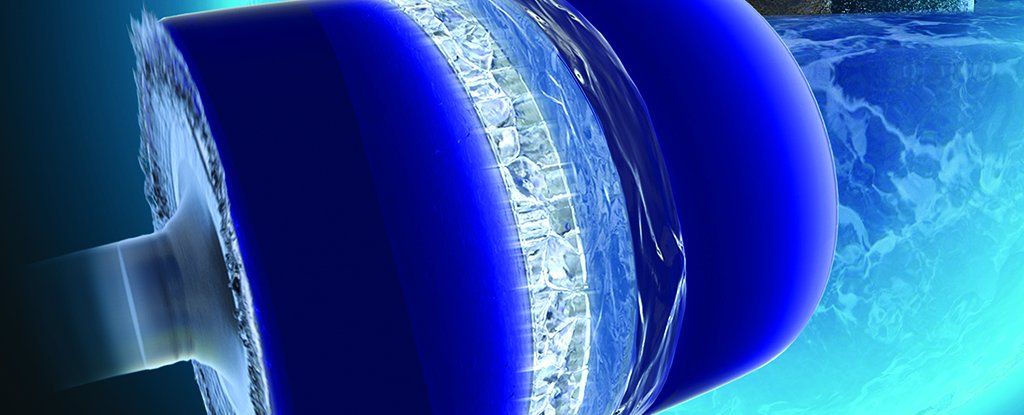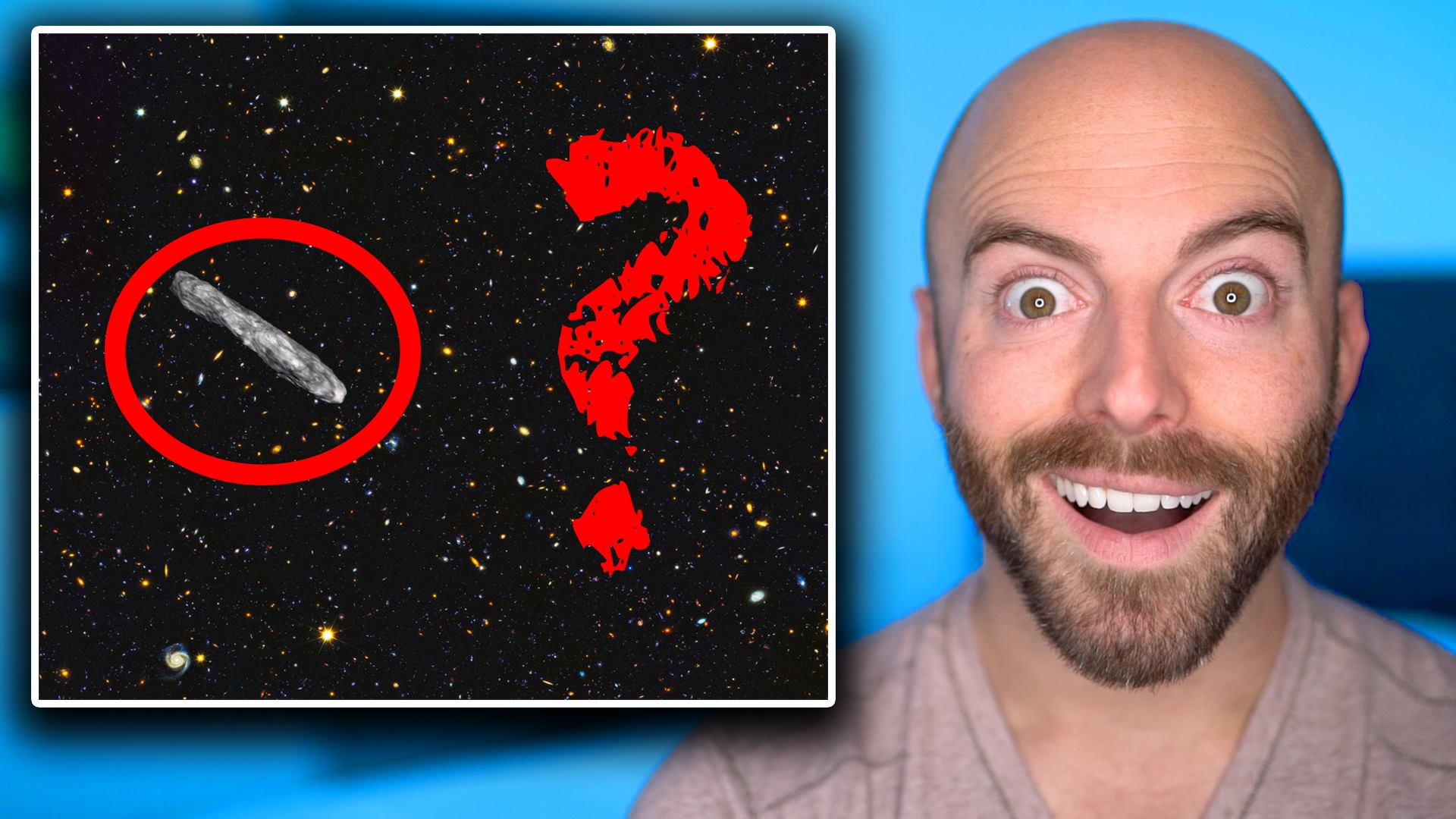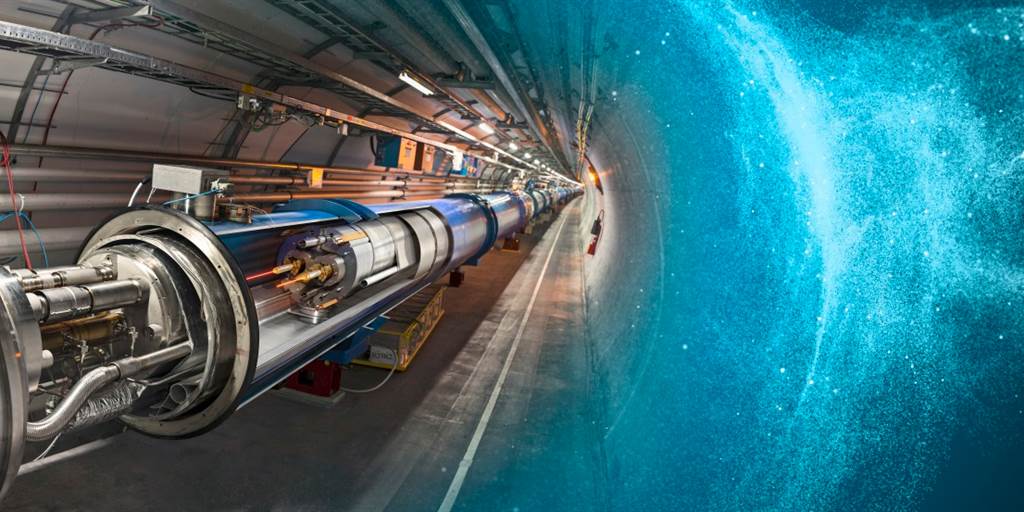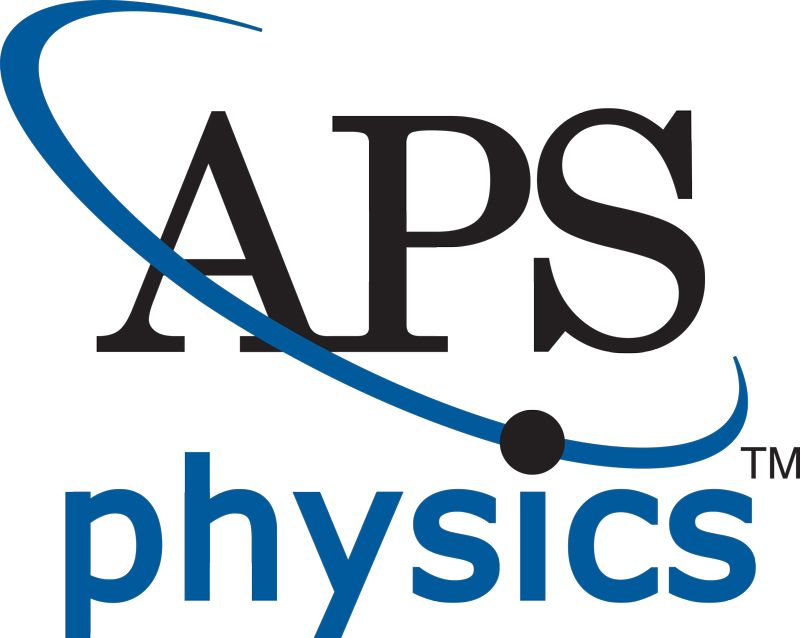Page 8562
Oct 30, 2018
Last night, #ParkerSolarProbe surpassed 153,454 miles per hour becoming fastest-ever human-made object relative to the Sun
Posted by Michael Lance in category: space travel
This breaks the record set by the German-American Helios 2 mission in April 1976. The spacecraft will continue to break its own records, achieving a top speed of about 430,000 miles per hour in 2024. Catch up: https://go.nasa.gov/2qjOraI
Oct 30, 2018
DeepMind’s Eerie Reimagination of the Animal Kingdom
Posted by Shailesh Prasad in categories: futurism, robotics/AI

If a recent project using Google’s DeepMind were a recipe, you would take a pair of AI systems, images of animals, and a whole lot of computing power. Mix it all together, and you’ d get a series of imagined animals dream ed up by one of the AIs. A look through the research paper about the project—or this open Google Folder of images it produced—will likely lead you to agree that the results are a mix of impressive and downright eerie.
But t he eerie factor doesn’t mean the project shouldn’t be considered a success and a step forward for future uses of AI.
Continue reading “DeepMind’s Eerie Reimagination of the Animal Kingdom” »
Oct 30, 2018
This Bizarre Form of Ice Grows at Over 1,000 mph, And Now Physicists Know How
Posted by Saúl Morales Rodriguéz in categories: mathematics, physics
New research into a very weird type of ice known as Ice VII has revealed how it can form at speeds over 1,000 miles per hour (1,610 kilometres per hour), and how it might be able to spread across yet-to-be-explored alien worlds.
This ice type was only discovered occurring naturally in March, trapped inside diamonds deep underground, and this latest study looks in detail at how exactly it takes shape – apparently in a way that’s completely different to how water usually freezes into ice.
Based on a mathematical model devised by researchers from the Lawrence Livermore National Laboratory in California, there’s a certain pressure threshold across which Ice VII will spread with lightning speed. This process of near-instantaneous transformation is known as homogeneous nucleation.
Continue reading “This Bizarre Form of Ice Grows at Over 1,000 mph, And Now Physicists Know How” »
Oct 29, 2018
We’re getting closer to “touching” the Sun
Posted by Michael Lance in category: space travel
ParkerSolarProbe became the closest-ever spacecraft to the Sun when it passed within 26.55 million miles of the Sun’s surface. Find out more: https://go.nasa.gov/2Q4QB9p
Oct 29, 2018
The Most FASCINATING Things Ever Found in SPACE
Posted by Michael Lance in category: space
Oct 29, 2018
Augmented War: New Combat Helmets Are Equipped With Microsoft’s HoloLens
Posted by Michael Lance in category: augmented reality
Oct 29, 2018
Sir Martin Rees says a physics experiment could swallow up the entire universe
Posted by Genevieve Klien in category: particle physics
Just how real is the risk?
Some physicists worried that particle accelerator experiments could unleash bits of “strange matter” that destroy the Earth, or even the entire universe. Daniel Dominguez, Maximilien Brice / CERN.
Oct 29, 2018
Studies raise questions over how epigenetic information is inherited
Posted by Xavier Rosseel in categories: biotech/medical, genetics, health
Evidence has been building in recent years that our diet, our habits or traumatic experiences can have consequences for the health of our children — and even our grandchildren. The explanation that has gained most currency for how this occurs is so-called ‘epigenetic inheritance’ — patterns of chemical ‘marks’ on or around our DNA that are hypothesised to be passed down the generations. But new research from the University of Cambridge suggests that this mechanism of non-genetic inheritance is likely to be very rare.
A second study, also from Cambridge, suggests, however, that one way that environmental effects are passed on may in fact be through molecules produced from the DNA known as RNA that are found in a father’s sperm.
The mechanism by which we inherit innate characteristics from our parents is well understood: we inherit half of our genes from our mother and half from our father. However, the mechanism whereby a ‘memory’ of the parent’s environment and behaviour might be passed down through the generations is not understood.
Oct 29, 2018
Viewpoint: Counting the Quanta of Sound
Posted by Genevieve Klien in category: quantum physics
Two teams demonstrate that they can count the number of quantized vibrations, or phonons, in cold mechanical oscillators by measuring the energy in the vibrations.
At the origin of every musical note is a mechanical oscillator that resonates at a specific frequency. But what the ear cannot distinguish is that the energy of these vibrations is discretized into an integer number of quanta of motion, or phonons. Most vibrating objects contain an uncountable number of phonons, but researchers have, for some time now, been able to prepare massive mechanical oscillators in their quantum ground state, where the average phonon number is smaller than one. This hard-won accomplishment not only involved getting rid of all thermal excitations in the oscillator through intense cooling, but it also required inventing a system of motion detection with a sensitivity at the quantum level [1]. An emerging technique consists of coupling the oscillator motion to another quantum object: a superconducting qubit, which can serve a role in the detection as well as the manipulation of states of motion [2–4].

















